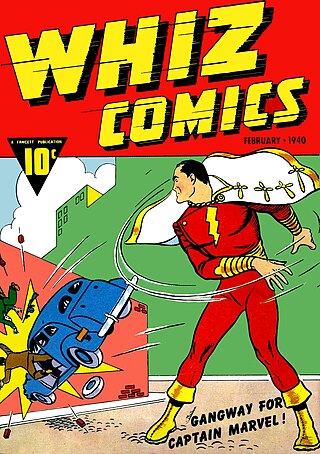
A superhero or superheroine is a stock character who typically possesses superpowers or abilities beyond those of ordinary people, is frequently costumed concealing their identity, and fits the role of the hero; typically using their powers to help the world become a better place, or dedicating themselves to protecting the public and fighting crime. Superhero fiction is the genre of fiction that is centered on such characters, especially, since the 1930s, in American comic books, as well as in Japanese media.

Iron Man is a superhero appearing in American comic books published by Marvel Comics. Co-created by writer and editor Stan Lee, developed by scripter Larry Lieber, and designed by artists Don Heck and Jack Kirby, the character first appeared in Tales of Suspense #39 in 1962 and received his own title with Iron Man #1 in 1968. Shortly after his creation, Iron Man became a founding member of the superhero team, the Avengers, alongside Thor, Ant-Man, the Wasp, and the Hulk. Iron Man stories, individually and with the Avengers, have been published consistently since the character's creation.
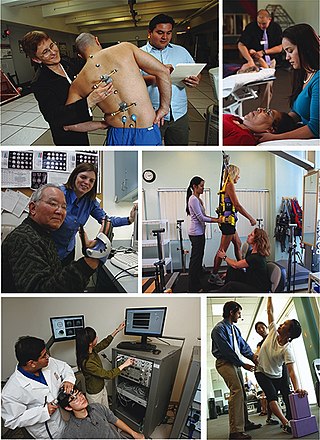
Kinesiology is the scientific study of human body movement. Kinesiology addresses physiological, anatomical, biomechanical, pathological, neuropsychological principles and mechanisms of movement. Applications of kinesiology to human health include biomechanics and orthopedics; strength and conditioning; sport psychology; motor control; skill acquisition and motor learning; methods of rehabilitation, such as physical and occupational therapy; and sport and exercise physiology. Studies of human and animal motion include measures from motion tracking systems, electrophysiology of muscle and brain activity, various methods for monitoring physiological function, and other behavioral and cognitive research techniques.

Nelson Alexander Ross is an American comic book writer and artist known primarily for his painted interiors, covers, and design work. He first became known with the 1994 miniseries Marvels, on which he collaborated with writer Kurt Busiek for Marvel Comics. He has since done a variety of projects for both Marvel and DC Comics, such as the 1996 miniseries Kingdom Come, which he also cowrote. Since then he has done covers and character designs for Busiek's series Astro City, and various projects for Dynamite Entertainment. His feature film work includes concept and narrative art for Spider-Man (2002) and Spider-Man 2 (2004), and DVD packaging art for the M. Night Shyamalan film Unbreakable (2000). He has done covers for TV Guide, promotional artwork for the Academy Awards, posters and packaging design for video games, and his renditions of superheroes have been merchandised as action figures.

War Machine is a superhero appearing in American comic books published by Marvel Comics. Created by David Michelinie, John Byrne, and Bob Layton as a supporting character for Iron Man, he first appeared in Iron Man #118 (1979) and became a superhero with the Iron Man armor in issue #169 (1983). War Machine has since been established as an independent superhero and appeared in multiple standalone series in addition to his appearances in Iron Man comics.

A superhero film is a film that focuses on superheroes and their actions. Superheroes are individuals who usually possess superhuman abilities and are dedicated to protecting the public. These films typically feature action, adventure, fantasy, or science fiction elements. The first film about a particular character often focuses on the hero's origin story. It also frequently introduces the hero's nemesis.
Neuroplasticity, also known as neural plasticity or brain plasticity, is the ability of neural networks in the brain to change through growth and reorganization. It is when the brain is rewired to function in some way that differs from how it previously functioned. These changes range from individual neuron pathways making new connections, to systematic adjustments like cortical remapping or neural oscillation. Other forms of neuroplasticity include homologous area adaptation, cross modal reassignment, map expansion, and compensatory masquerade. Examples of neuroplasticity include circuit and network changes that result from learning a new ability, information acquisition, environmental influences, pregnancy, caloric intake, practice/training, and psychological stress.
A real-life superhero (RLSH) is a person who dresses up in a superhero costume or mask in order to perform community service such as neighborhood watch, or in some cases vigilantism.
Superhuman strength is a superpower commonly invoked in fiction and other literary works, such as mythology. A fictionalized representation of the phenomenon of hysterical strength, it is the power to exert force and lift weights beyond what is physically possible for an ordinary human being. Alternate terms of superhuman strength have included enhanced strength, super-strength and increased strength. Superhuman strength is an amorphous ability, varying in potency depending on the writer or the context of the story in which it is depicted.
Michael Matthias Merzenich is an American neuroscientist and professor emeritus at the University of California, San Francisco. He took the sensory cortex maps developed by his predecessors and refined them using dense micro-electrode mapping techniques. Using this, he definitively showed there to be multiple somatotopic maps of the body in the postcentral sulcus, and multiple tonotopic maps of the acoustic inputs in the superior temporal plane.
Theresa A. Jones is a researcher and professor at the University of Texas at Austin and the Institute for Neuroscience. Her interests are in neural plasticity across the lifespan, motor skill learning, mechanisms of brain and behavioral adaptation to brain damage, and glial-neuronal interactions. Her research is on the brain changes following stroke, in particular rehabilitation strategies and the brain changes associated with them. She primarily tests rats and uses the Endothelin-1 stroke model. Her most recent work has expanded into the field of microstimulation mapping of the rat cortex.
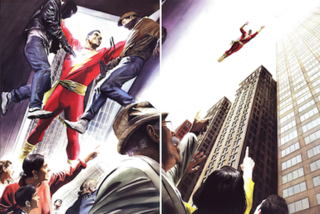
A superpower is a special or extraordinary superhuman ability that is greater than what is considered normal. Superpowers are typically displayed in science fiction and fantasy comic books, television programs, video games, and films as the key attribute of a superhero. The concept originated in American comic books and pulp magazines of the 1930s and 1940s, and has gradually worked its way into other genres and media.

Superhero fiction is a subgenre of speculative fiction examining the adventures, personalities and ethics of costumed crime fighters known as superheroes, who often possess superhuman powers and battle similarly powered criminals known as supervillains. The genre primarily falls between hard fantasy and soft science fiction in the spectrum of scientific realism. It is most commonly associated with American comic books, though it has expanded into other media through adaptations and original works.

Robert T. Gerlai is a Canadian behaviour geneticist and behavioural neuroscientist.
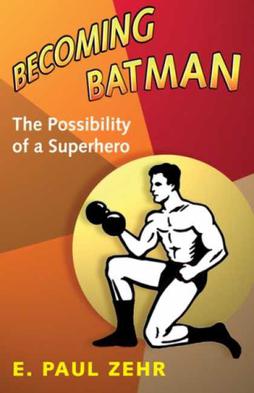
Becoming Batman: The Possibility of a Superhero is a 2008 science book by neuroscience professor E. Paul Zehr. The book was first published on November 7, 2008, through Johns Hopkins University Press and covers how much an ordinary person would need to train and adapt to become Batman. Becoming Batman is unique in its explicit analysis of whether or not it is actually possible for a human being to achieve Batman status through training.
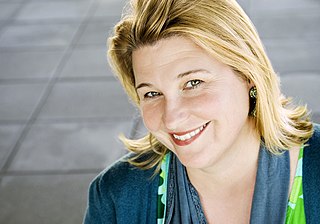
Tania Singer is a German psychologist and social neuroscientist and the scientific director of the Max Planck Society's Social Neuroscience Lab in Berlin, Germany. Between 2007 and 2010, she became the inaugural chair of social neuroscience and neuroeconomics at the University of Zurich and was the co-director of the Laboratory for Social and Neural Systems Research in Zurich. Her research focuses on the developmental, neuronal, and hormonal mechanisms underlying human social behavior and social emotions such as compassion and empathy. She is founder and principal investigator of the ReSource project, one of the largest longitudinal studies on the effects of mental training on brain plasticity as well as mental and physical health, co-funded by the European Research Council. She also collaborates with the macro-economist Dennis Snower on research on caring economics. Singer's Caring Economics: Conversations on Altruism and Compassion, Between Scientists, Economists, and the Dalai Lama was published in 2015. She is the daughter of the neuroscientist Wolf Singer.
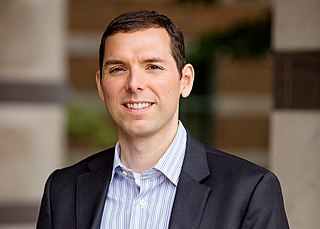
Aron Keith Barbey is an American cognitive neuroscientist, who investigates the neural architecture of human intelligence and brain plasticity. Barbey is the Emanuel Donchin Professorial Scholar of Psychology and a Professor of Psychology, Neuroscience, and Bioengineering at the University of Illinois. He is director of the Decision Neuroscience Laboratory at the Beckman Institute for Advanced Science and Technology, and founding director of the Center for Brain Plasticity at the Beckman Institute, where he leads the Intelligence, Learning, and Plasticity (ILP) Initiative.
Robin Sue Rosenberg is an American author and a clinical psychologist, certified by the American Board of Professional Psychology. She is best known for her research, writing and presentations about the psychology of superheroes and the psychology of cosplay. She is also the co-author of textbooks on psychology. She also treats people with eating disorders and anxiety disorders through clinical hypnosis, and is a personal coach.
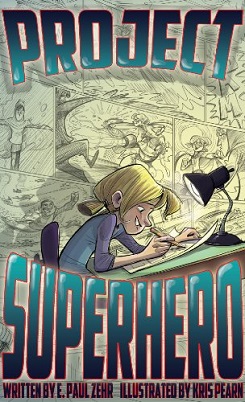
Project Superhero is a 2014 children's fiction/non-fiction hybrid book written by neuroscientist E. Paul Zehr and illustrated by Kris Pearn. It was first published in hardcover print in September 2014 by ECW Press. In 2015, the book was awarded a silver medal in juvenile fiction by the IPPY Awards. This is Zehr's third book, but first foray into children's fiction.












